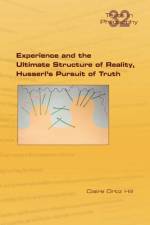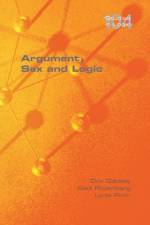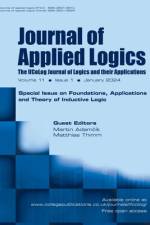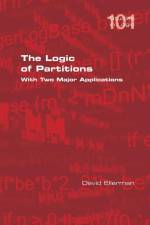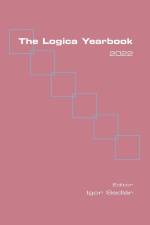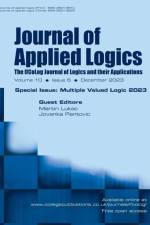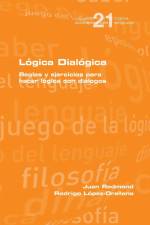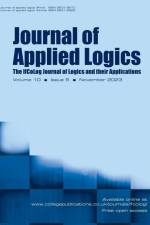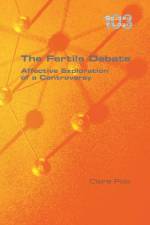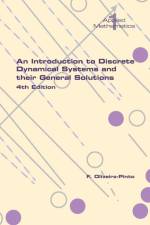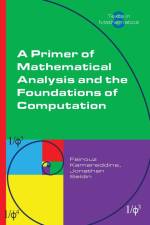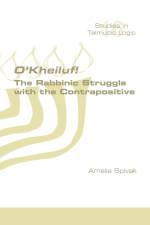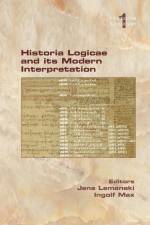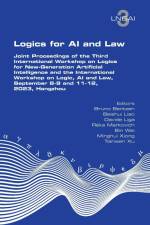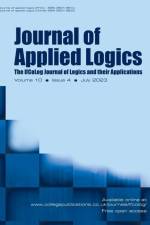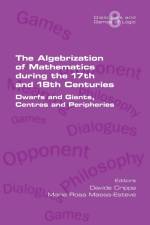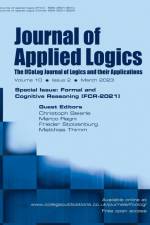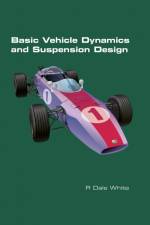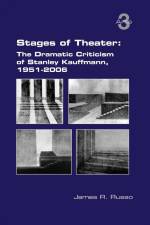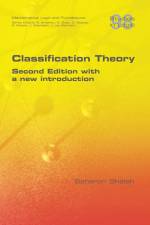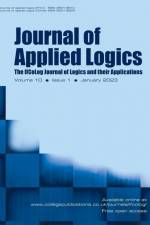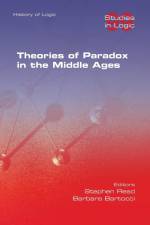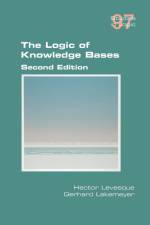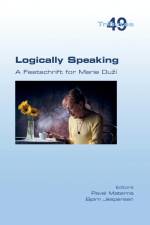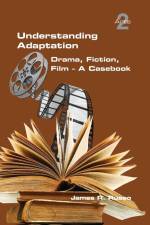av James R. Russo
279
Stages of Theater: The Dramatic Criticism of Stanley Kauffmann, 1951-2006 is a collection of 100 pieces of dramatic criticism by the late Stanley Kauffmann (1916-2013). Kauffmann's creative life spanned seven decades: starting in 1951 and continuing until 2013, he was a drama (and film) critic for the New Republic, the New York Times, and Saturday Review. He was also an actor, stage manager, playwright, novelist, professor, and editor. Along with John Simon, Robert Brustein, and Richard Gilman, Kauffmann was one of the most potent, influential critics included in the New York school of twentieth-century American theater criticism.With style and erudition Kauffmann discusses plays and productions from the following countries in Stages of Theater: England, the United States, France, Spain, Russia, Ireland, Germany, Sweden, Greece, South Africa, Norway, and Spain. Among the many works discussed are Phaedra, by Jean Racine; The Caucasian Chalk Circle, by Bertolt Brecht; The Dance of Death, by August Strindberg; All's Well That Ends Well, by William Shakespeare; The Three Sisters, by Anton Chekhov; Old Times, by Harold Pinter; The Master Builder, by Henrik Ibsen; The Misanthrope, by Molière; The Bacchae, by Euripides; and Strange Interlude, by Eugene O'Neill.Also included in Stages of Theater are essays and articles on the following subjects: theater versus film; the idea of repertory; recorded drama; Shakespeare and the cinema; Broadway and Off-Broadway; the genre of comedy; and bio-criticism concerning such figures as Edmund Kean, Jean-Paul Sartre, and Bernard Shaw. Once again, the precision, wit, and wisdom of Kauffmann's writing chime in Stages of Theater, as he reveals his sense of cultural mission-and love of all the arts-by applying to theater and drama the same high standards he applied during his long career to fiction, poetry, music, and film.

